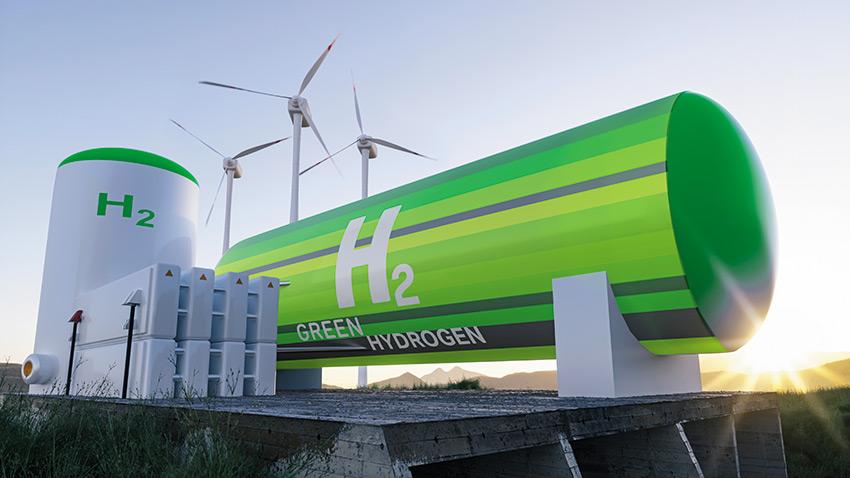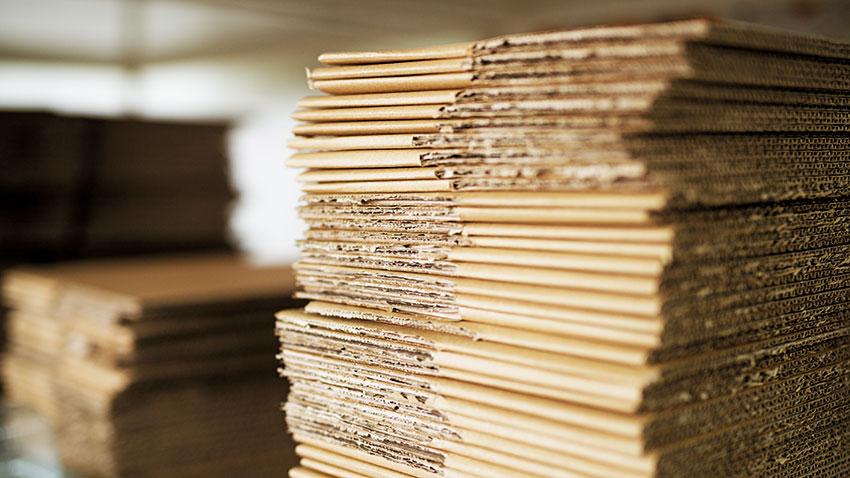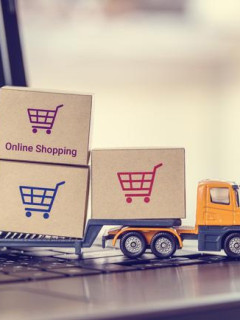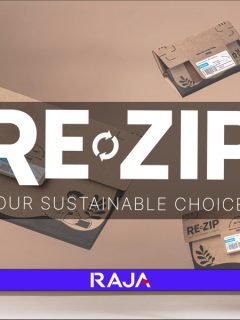It’s time for the third part of our series of blog articles entitled “The Warehouse of the Future”. This time, in collaboration with a number of leading experts, we explore the question of how to achieve green logistics. Take a look at our other blog articles and become a real expert. You’ll find out all about the future of logistics centres in the city of tomorrow and the advent of automation and digitalisation in the warehouse.
How are logistics managers going to meet the new eco-responsible challenges? What new technologies and skills can help them? Focus on the link between CSR and the warehouse in 2050. Let’s find out together if you’re already on the right track.
Green logistics increasingly subject to eco-responsible requirements
It’s a fact: consumers’ eco-awareness is growing as the ecological emergency develops, and regulations are following suit. That’s why, for some years now, the logistics sector has been playing a major role in companies’ CSR strategies. Green logistics can make all the difference…

Logistics is the lifeblood of the economy: a fact that was highlighted during the health crisis. Hence the responsibility of professionals in the sector to continue to transform logistics, by serving the reindustrialisation of Europe and economic development on a regional scale, while remaining carbon neutral. This poses real technical and environmental challenges for logistics providers, who need to be in tune with issues such as sober land use, decongestion and carbon-free green logistics.
Chazli Baalbaki, Director of Development at Faubourg PromotionOn the road to more sustainable transport
In the project development phase, trends such as urban logistics, low-carbon construction and architecture that promotes biodiversity will gain ground. But other levers will be added to the range of solutions for moving towards green logistics. Multimodality, as part of a mass approach, will become even more important, giving greater prominence to low-carbon modes of transport such as river, rail and sea. Technology itself will increasingly be at the service of eco-responsibility.
In particular, we can predict an increase in the use of green energies such as hydrogen (to power handling equipment) or Green Natural Gas (for trucks). However, some green energies are still in their infancy, or pose wider environmental concerns. What about lithium, which appears to be an environmentally-friendly solution, but which we don’t yet know how to recycle? The eco-responsible landscape is becoming increasingly complex, and the challenge for logistics specialists is to find the right solution in terms of performance and sustainability, while keeping a constant watch on these issues.

Many new technologies are helping to solve environmental problems. For example, a robot doesn't need lighting to work, and can reduce the number of humans on site, and therefore a warehouse's energy consumption. When you put these kinds of 'small' impacts together, you can already see how technology is contributing to ecological progress. What's more, over the years, manufacturers of solutions have made these technologies increasingly durable and reliable. There is, of course, an environmental cost when the solution is built - but its lifespan is greatly increased over time, and the environmental benefit to be gained is much greater.
and the environmental benefit to be gained is far greater than the cost of construction.

Packaging at the heart of the green logistics issue
While the energy consumption of warehouses and the transport of goods are central to companies’ CSR strategies, packaging is nonetheless a key element in achieving 100% eco-responsible logistics. The major challenge facing logistics operators between now and 2050? Reconciling performance and sustainable development, thanks to pragmatic solutions for the future that are both economically and ecologically efficient.
And to achieve this, the very use of packaging needs to be rethought. This involves consumers asking themselves whether they really need the packaging they consume. At the moment, this question only arises when they throw away their packaging: it will come up again very quickly when they buy it.
Hence the need for software companies to consider the real need for protection for their products. The idea is to avoid using packaging for anything other than its intended purpose, and to ensure that the right packaging is used.

At the moment, companies are using plastic in their packaging in the same way as they would create Ariane rockets to fetch their bread from down the road! And this plastic packaging is so protective and resistant (and not necessarily useful) that it ends up in nature and stays there. Faced with this problem, it's up to both manufacturers and consumers to think again. Plastic itself is not so much the problem as the lack of effective waste sorting and recycling. That's why packaging needs to be simplified, by opting for packaging made from 100% of a single material: a mono-material. This can be cardboard, plastic, glass, metal, etc.
Fabrice Peltier, Designer and eco-design consultantReady for the packaging of the future?
So what will the packaging of the future look like? The solutions currently available on the market provide an interesting insight. Packaging made from renewable materials, such as plastic packaging made from cellulose or sugar cane, will tend to develop even further.
But, more broadly, the notion of single-use packaging will be totally called into question. It will soon be out of the question to use packaging that cannot be recycled, reused or put to multiple uses. This problem affects current methods of distributing goods: the product goes to the consumer, and needs greater protection to arrive in good condition. It’s enough to make companies think about alternative distribution methods, which will revolutionise their economic development strategies.

The packaging of the future is quite simply the right packaging: the right material, the right quantity. Today, we're living in an age of excess: over-functionality, over-packaging, over-consumption. Our aim must be to replace the over with the right. That's why we need to learn to reuse packaging more frequently or recycle it in simpler ways. This would enable us to reduce the overall consumption of raw materials in Europe. A good thing for everyone!
Fabrice Peltier, Designer and eco-design consultantThe 5Rs of packaging
While we don’t yet know what packaging will look like in 2050, it’s perfectly possible to start adopting an eco-responsible packaging approach right now. The 5Rs method is simple to apply. It involves prioritising packaging that meets one of the following 5 pillars:
- [1] Reduce the weight and volume of your shipments and protect your products without overpacking. In the RAJA range, for example, you can choose from no fewer than 1,250 sizes of cardboard box. So there’s always a crate that fits your product perfectly, with a minimum of unused packaging space.
- [2 ]Reuse packaging wherever possible, considering packaging designed from the outset to be reusable or with greater durability. For example, RAJA is currently launching new designs on the market. These new postboxes aim to reduce the consumption of raw materials.
- [3 ]Replace packaging that has a high impact on the environment with more eco-responsible alternatives. You can do this easily by opting for paper or recycled plastic alternatives.
- [4 ]Renew, by using bio-sourced packaging wherever possible, i.e. packaging made from renewable natural materials (such as wood or cardboard). These raw materials can be produced indefinitely through intelligent and responsible forest management.
- [5 ]Recycle packaging as much as possible and integrate it into a circular economy. Intelligent sorting plays a key role in this success.















